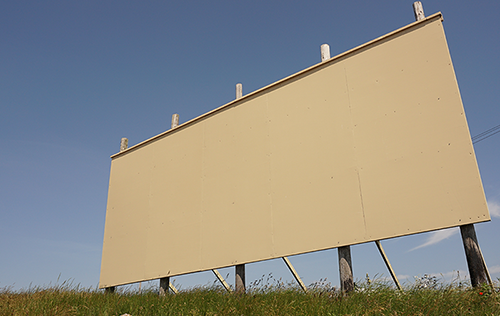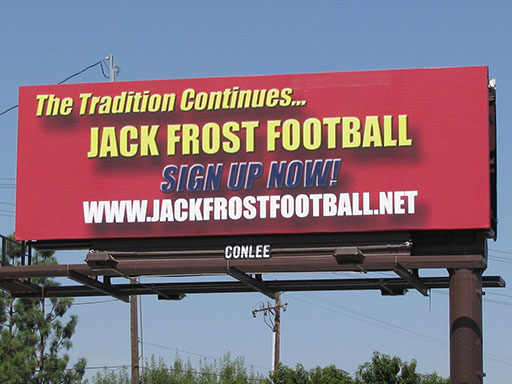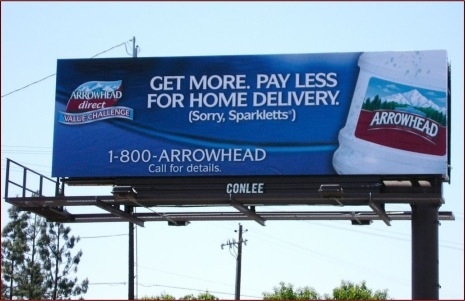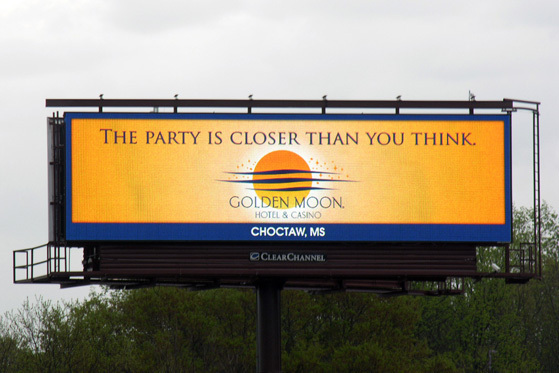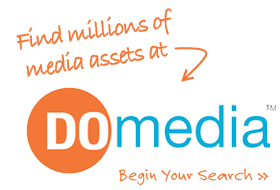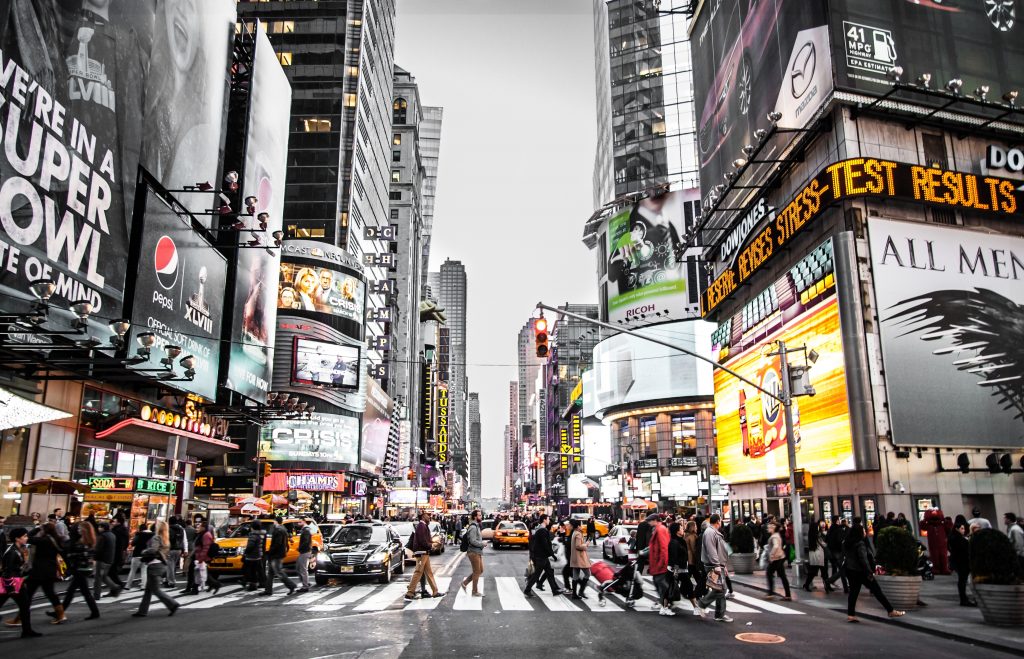
Our CEO, Ken Sahlin, was recently published in MediaPost. In “Is Marijuana Advertising Going Mainstream?” he discusses his views on Constellation Brands Inc. investing nearly $4 billion into Canadian marijuana grower Canopy Growth Corporation last month. What does this mean for the OOH industry? Is it a sign that marijuana advertising is about to move from the back streets to Main Street? According to Ken:
“OOH is particularly well suited to weed, since it is locally regulated, great for activation and building awareness, and low cost when compared to other advertising options. Just look at MedMen. It spent $2 million on a campaign — largely featuring outdoor ads — in an attempt to de-stigmatize marijuana use. The campaign received national news coverage. But, beyond de-stigmatizing marijuana users, the campaign also helped bring marijuana advertising into the mainstream.
“The real question is how outdoor advertising vendors will respond. Marijuana does carry a certain stigma, and some vendors are reluctant to allow marijuana advertising. However, the latest data from Pew Research Center states that almost six in 10 Americans support marijuana legalization. That is almost double the rate of legalization support back in 2000, signaling that public opinion of marijuana is slowly headed in a more positive direction. In practice, there doesn’t appear to be much push-back so far. Billboardsin, a large online outdoor advertising marketplace, has successfully placed ads for five marijuana-based businesses in three months with zero rejections.”
This article was originally published by MediaPost. You can continue reading the full article here.
